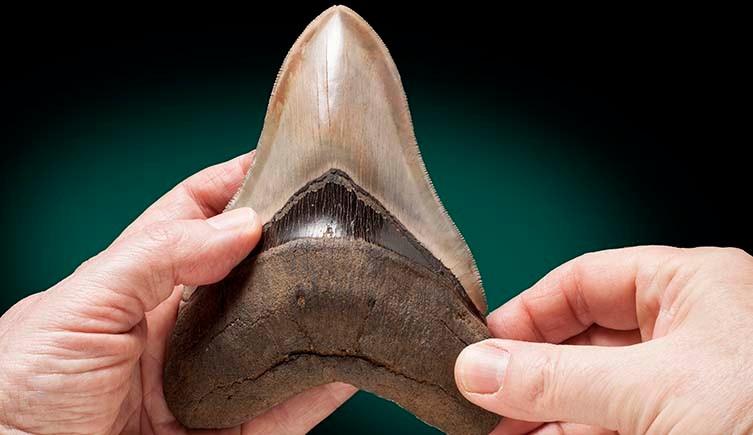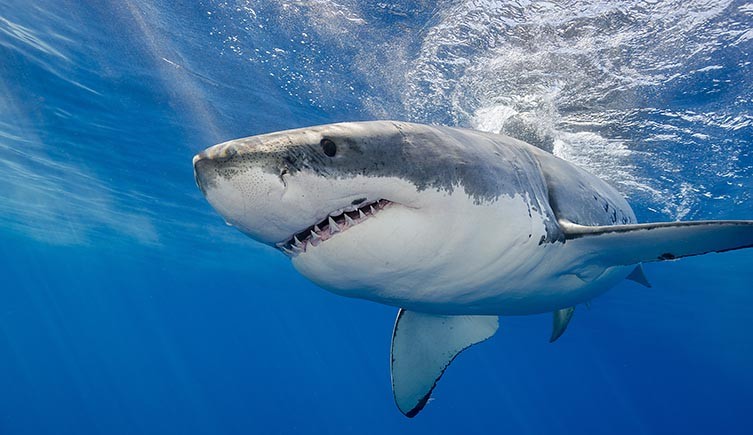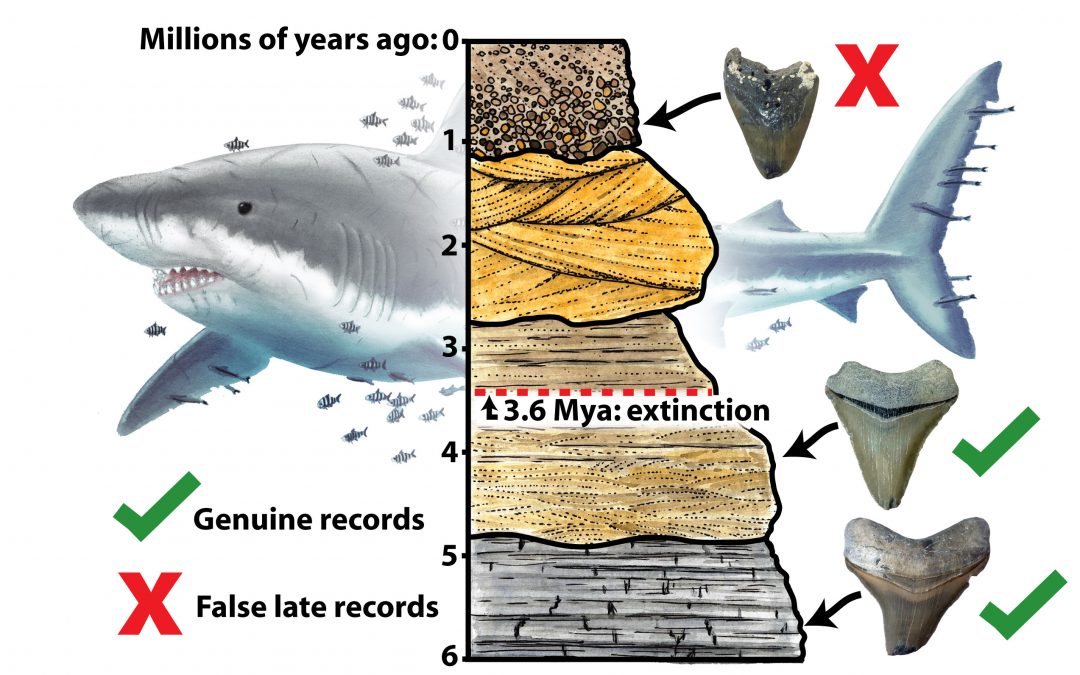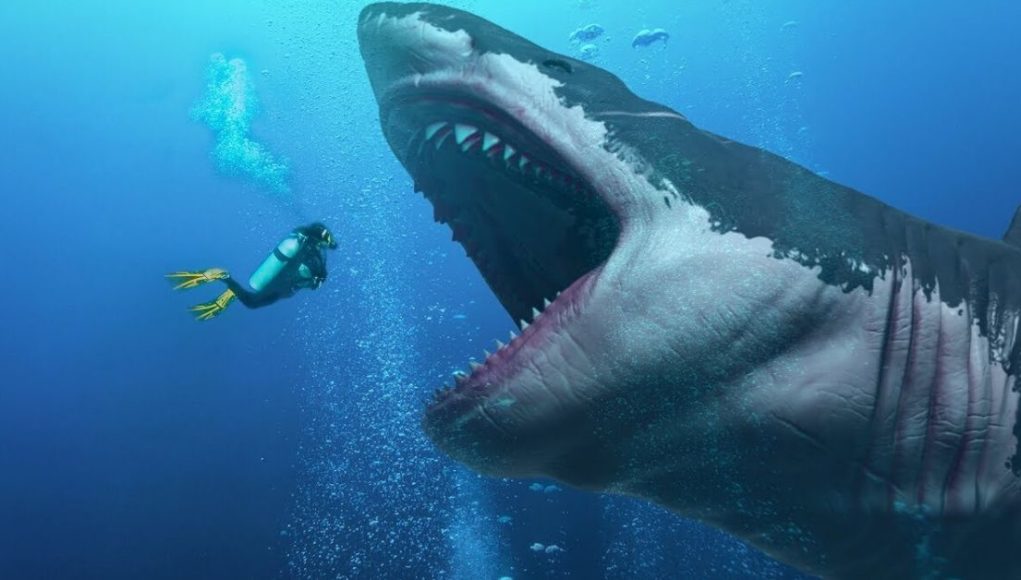New analytical research has contributed the prehistoric megalodon’s extinction to the rise of its nimbler, smaller counterpart, the great white shark.
While not the only massive shark to swim the ancient seas, the Otodus megalodon once measured to lengths of 50 feet, making it the largest. The sheer size of the megalodon has since captured the imaginations of writers and Hollywood (JAWS anyone?), and it isn’t surprising. The megalodon’s jaws were wide enough to swallow two human adults standing side-by-side without flinching, writes Josh Davis.
The O. megalodon, while feasting on large fish, whales, dolphins and even other sharks, survived in most tropical waters and wasn’t uncommon off the east coast of North America through to the Australian coastline, and their teeth have been widely found on almost every continent other than Antarctica.

But research originally placed the behemoth’s extinction to 2.6 million years ago. The latest research published in the PeerJ journal challenges that by re-evaluating pre-existing data and redating the extinction back to around a million years earlier.
Earlier data sets that established the O. megalodon’s extinction were misidentified, had imprecise dates and have since been refined based on current geology methods. According to a press statement, the improved datasets now prove that the “specimens are much younger” than first thought, said the lead vertebrate palaeontologist of the research team, Robert Boessenecker.

“This is a substantial adjustment as it means that O. megalodon likely went extinct long before a suite of strange seals, walruses, sea cows, porpoises, dolphins and whales all disappeared sometime about 1-2.5 million years ago,” Boessenecker continued.
The new data offers clues that coincide with the rise of the smaller great white shark. Previously, scientists had contributed the extinction of the O. megalodon to a supernova that sent radiation toward the earth. However, the data doesn’t support a widespread extinction.
“The extinction of O. megalodon was previously thought to be related to this marine mass extinction–but in reality, we now know the two are not immediately related,” Boessenecker said.

“Rather, it is possible that there was a period of faunal turnover (many species becoming extinct and many new species appearing) rather than a true immediate and catastrophic extinction caused by an astronomical cataclysm like a supernova.”
What Boessenecker’s team know is that great white sharks first appeared with serrated teeth around 6 million years ago and they were only found in the Pacific. By 4 million years, they were worldwide.
“We propose that this short overlap (3.6-4 million years ago) was sufficient time for great white sharks to spread worldwide and out compete O. megalodon throughout its range, driving it to extinction–rather than radiation from outer space,” Boessenecker said.






